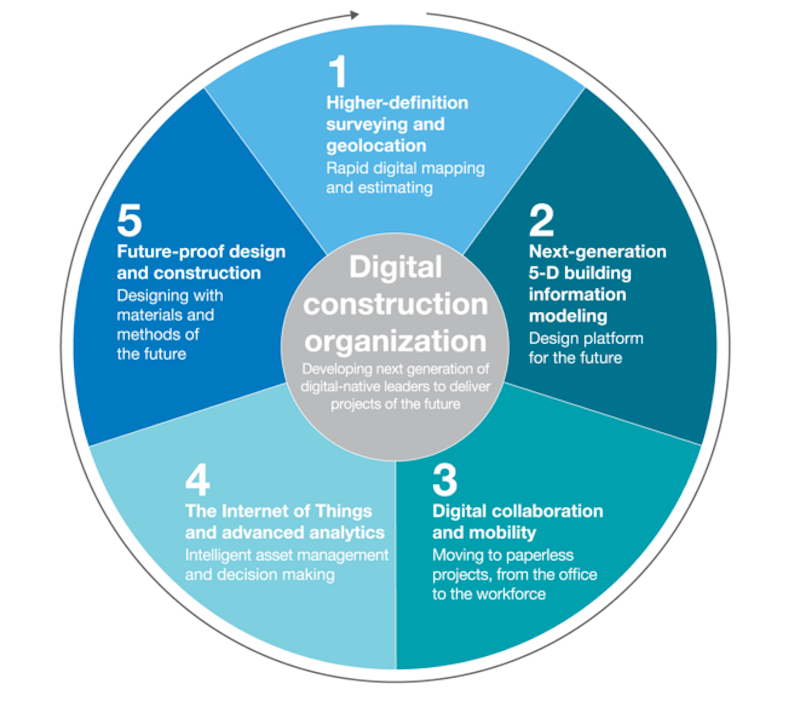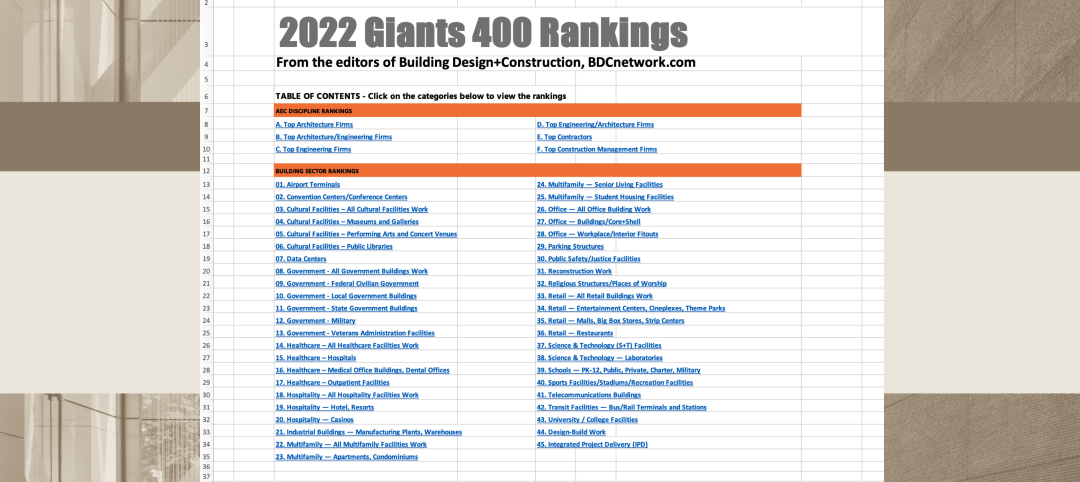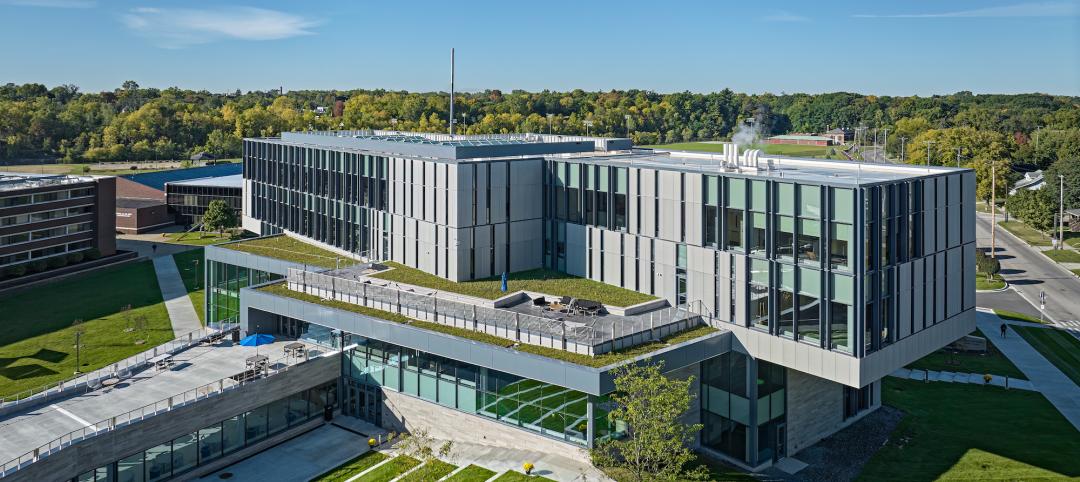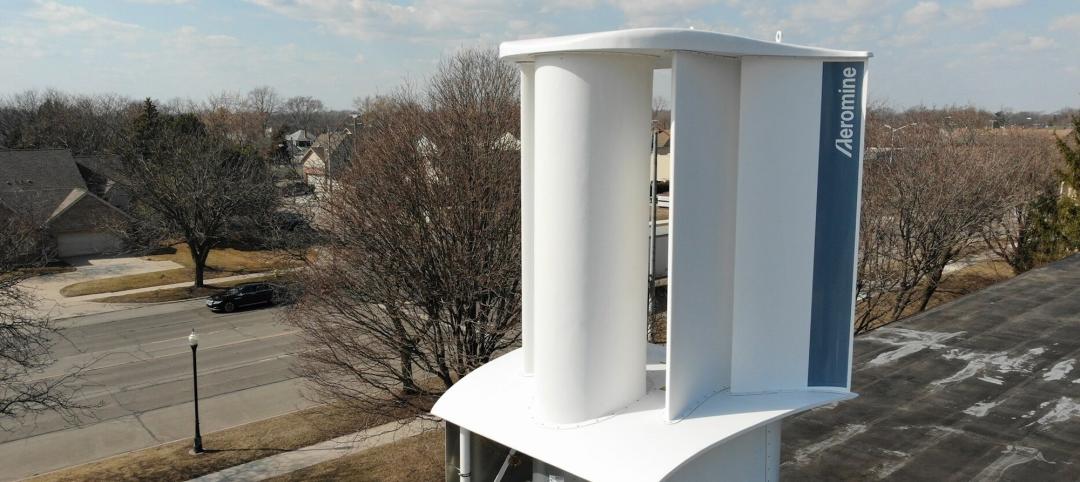Is the construction industry up to the challenge of repairing the world’s crumbling infrastructure? A new report from McKinsey & Co. answers with a definitive “No,” unless the industry can place itself firmly into the digital future in its organization, documentation, management, and information sharing.
The think tank estimates that the world will need to spend $57 trillion on infrastructure by 2030 just to keep pace with global economic growth. A recent report by three of its researchers also sees a construction industry that takes 20% longer than scheduled to finish most projects that come in up to 80% over budget.
“Construction productivity has actually declined in some markets since the 1990s,” writes the report’s authors, Rajat Agarwal, Shankar Chandrasekaran, and Mukund Srishar, in an article they posted last month. “The construction industry is ripe for disruption.”
Such observations are hardly new; there have been myriad other reports that lament the same problems in the construction sector, and fret about how massive reconstruction can possibly be accomplished.
What makes this paper a little different is that the “five big ideas” proposed by its authors aren’t at all futuristic.

Five trends that are making the construction process run smoother and quicker. Image: McKinsey & Co.
The authors basically believe that the construction industry needs to be reorganized around digital technology, including:
•Higher-definition surveying and geolocation
•Next-generation 5D BIM
•Digital collaboration and mobility
•The Internet of Things (IoT), coupled with advanced analytics
•Future-proof design and construction with sustainable materials and methods.
Within these trends, McKinsey sees LIDAR as “an evolution in surveying,” primarily because of breakthroughs in drone technology and handheld platforms.
Five-D BIM goes beyond 3D BIM by taking into account a project’s cost and schedule. “The visual and intuitive nature of 5D BIM gives contractors a better chance to identify risk earlier, and thus to make better decisions.” Augmented reality technology will further enhance the effectiveness of 5D BIM, which project owners and contractors “need to incorporate right from the design stage.”
McKinsey revisits the need for the construction sector to move aggressively toward online communication as a way of improving productivity. Paper, the report argues, makes data analysis among team members tougher, and is subject to being mismanaged among different stakeholders.
By comparison, the authors point to an American tunnel project that involved 600 vendors, for which the contractor developed a single platform for bidding, tendering, and contract management. “This saved the team more than 20 hours of staff time per week, and cut down the time to generate reports by 75%,” they write.
Perhaps more to the point, the digital-collaboration and mobility solutions segments have attracted close to 60% of all venture capital funding in the construction-technology sector.
The report also suggests several advantageous potential uses for IoT working in combination with sensors and near-field-communication devices. These uses include equipment monitoring and repair, inventory management and ordering, quality assessment, energy efficiency (such as sensors monitoring ambient conditions and fuel consumption of equipment), and safety.
As for future proofing projects, the report lists a host of new building materials—self-healing concrete, aerogels, nanomaterials—and construction approaches—like 3D printing and preassembled modules—that could lower cost and speed up the construction process.
“Some of these ‘materials of the future’ could redefine how projects are conceptualized, designed, and executed,” states the report. It notes, however, that adoption of these materials has been slowed by a lack of awareness and availability, limited supply chain, and the industry’s risk aversion.
While 80% of all construction work is still done on-site, more project developers and contractors are deploying off-site approaches “that help them improve predictability, consistency, and repeatability.” These approaches include preassembly of components and simply structures, 3D printing, and robot-assembled construction.
None of these recommendations will surprise any nonresidential contractor. The question, though, is why aren’t these ideas being implemented more widely? The McKinsey authors say the industry needs “to adopt a new mindset” whose foundation is shared responsibility, and has four principles:
•Transparency and risk sharing in contracts
•Return-on-investment orientation
•Simplicity and intuitiveness in the design of new solutions
•Change management (as in top management communicating clearly why changes are important)
Project owners and developers need to mandate the adoption of digital technologies and measure results. This should include appointing a Chief Technology Officer or Chief Innovation Officer who can think boldly about the company’s digital agenda.
Engineers and contractors need to develop “digital road maps” for project management. “And it’s important to ensure that project teams have the budgets and authority they need to pilot new technologies. It’s essential to build the capabilities of project managers so they can become digitally adept.”
Related Stories
Contractors | Feb 14, 2023
The average U.S. contractor has nine months worth of construction work in the pipeline
Associated Builders and Contractors reports today that its Construction Backlog Indicator declined 0.2 months to 9.0 in January, according to an ABC member survey conducted Jan. 20 to Feb. 3. The reading is 1.0 month higher than in January 2022.
Contractors | Feb 13, 2023
Webcor names Matt Rossie CEO
Matt Rossie, the President and Chief Operating Officer at San Francisco-based general contractor Webcor, assumed the responsibilities of Chief Executive Officer effective January 1.
Office Buildings | Feb 12, 2023
Smyrna Ready Mix’s new office HQ mimics the patterns in the company’s onsite stone quarry
Designed by EOA Architects to showcase various concrete processes and applications, Smyrna Ready Mix's new office headquarters features vertical layering that mimics the patterns in the company’s stone quarry, located on the opposite end of the campus site. The building’s glass and concrete bands are meant to mirror the quarry’s natural contours and striations.
Multifamily Housing | Feb 10, 2023
Dallas to get a 19-story, 351-unit residential high-rise
In Dallas, work has begun on a new multifamily high-rise called The Oliver. The 19-story, 351-unit apartment building will be located within The Central, a 27-acre mixed-use development near the Knox/Henderson neighborhood north of downtown Dallas.
Sustainability | Feb 9, 2023
New guide for planning, designing, and operating onsite water reuse systems
The Pacific Institute, a global nonpartisan water think tank, has released guidance for developers to plan, design, and operate onsite water reuse systems. The Guide for Developing Onsite Water Systems to Support Regional Water Resilience advances circular, localized approaches to managing water that reduce a site’s water footprint, improve its resilience to water shortage or other disruptions, and provide benefits for local communities and regional water systems.
Office Buildings | Feb 9, 2023
Post-Covid Manhattan office market rebound gaining momentum
Office workers in Manhattan continue to return to their workplaces in sufficient numbers for many of their employers to maintain or expand their footprint in the city, according to a survey of more than 140 major Manhattan office employers conducted in January by The Partnership for New York City.
Giants 400 | Feb 9, 2023
New Giants 400 download: Get the complete at-a-glance 2022 Giants 400 rankings in Excel
See how your architecture, engineering, or construction firm stacks up against the nation's AEC Giants. For more than 45 years, the editors of Building Design+Construction have surveyed the largest AEC firms in the U.S./Canada to create the annual Giants 400 report. This year, a record 519 firms participated in the Giants 400 report. The final report includes 137 rankings across 25 building sectors and specialty categories.
University Buildings | Feb 8, 2023
STEM-focused Kettering University opens Stantec-designed Learning Commons
In Flint, Mich., Kettering University opened its new $63 million Learning Commons, designed by Stantec. The new facility will support collaboration, ideation, and digital technology for the STEM-focused higher learning institution.
Sustainability | Feb 8, 2023
A wind energy system—without the blades—can be placed on commercial building rooftops
Aeromine Technologies’ bladeless system captures and amplifies a building’s airflow like airfoils on a race car.
Codes and Standards | Feb 8, 2023
GSA releases draft of federal low embodied carbon material standards
The General Services Administration recently released a document that outlines standards for low embodied carbon materials and products to be used on federal construction projects.

















